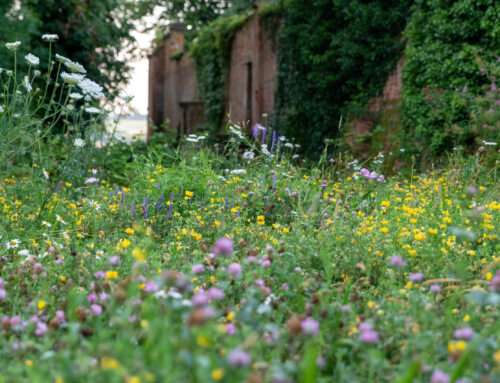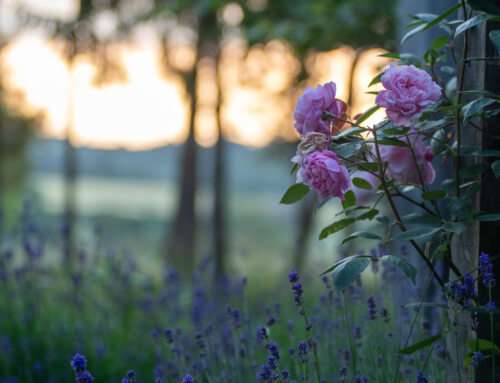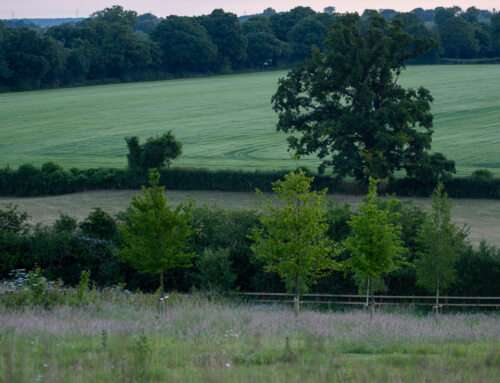Paving – Where Do I Even Start?
One of the trickiest decisions to make when you re-landscape your garden is choosing paving. Search on any number of websites and you have to make choices about stone, finishes and colours and navigate jargon like ‘riven,’ ‘etched’ and ‘dressed’. Paving is also one of the most expensive elements of a landscaping project and you need to pick a material that harmonises with the style of the house and the setting. So where do you start?
First, consider just how much paving you really need. Many houses in new developments wrap paving around the back and side of the house. The result can often be swathes of hard surface on the ground butted up against the house walls – a hard and unwelcoming space to sit in. You might instead prefer to sit on your terrace wrapped in soft, scented planting. With an eye to controlling cost, your paths around the house and garden could be gravel rather than paving. So on both aesthetic and budget grounds, ask yourself initially if you really need a large patio area.

By Jared Hutchings – Garden Designer

There are a number of materials that can be used for paving: porcelain, sandstone (which includes Yorkstone), limestone, granite and basalt. With the climate crisis already hitting the world hard, porcelain simply has to be ruled out – the carbon footprint from its manufacture is off the scale. Granite is extremely hard-wearing and non-slip but has probably travelled all the way from China, with the associated carbon footprint. The high cost would rule granite out of most budgets and basalt is rather dark, often creating a gloomy feel.
Therefore, this leaves most UK gardens turning to sandstone and limestone, both of which are durable stones in the UK climate. Both types of stone come in a wide range of colours, leaving you with a huge range of stones to choose from. Again, carbon footprint is important – a lot of sandstone paving laid in the UK comes from India (a long way to transport heavy material on boats using fossil fuels). Our first choice at Nicholsons is to use limestones or sandstones from the UK – and there is plenty of choice.
Sandstone flags that have not had some sort of finishing treatment applied to them typically have bands of brown and grey colours through them and the patterns of colours vary from one slab to another. The layers of sediment that arise at the surface create smooth ridges – we call this ‘riven’ or ‘self faced’ stone. So if you have a house in the country with natural stone, the rustic and natural look of riven sandstone is great match. That said, it also looks great against a brick house as the soft, warm greys and browns calm the hotter colour of the brick wall. Secondhand or ‘reclaimed’ Yorkstone is also widely available and will look like it has always been there.

Against a more contemporary house, you might want a stone with a more uniform surface and colour, with neatly sawn edges. If you love the colouring of a particular sandstone, you can have it sawn on all six sides to give a more uniform feel that goes well with a contemporary house. Limestone has a flatter and more consistent texture and comes in a slightly wider range of colours, ranging from black to greys, browns and creams.
Tread cautiously with colour. A light-coloured paving can look beautiful on the website or when you receive a single sample but on a sunny day, you might be blinded on a south-facing terrace or next to a pool. Darker colours can look elegant and often go well in a contemporary garden, but in a small garden or in a shady area, it can be gloomy.
Natural stone can become slippery when wet. Although limestone is generally more slippery than sandstone, this depends on the grain of the stone and the finish, so always check the slippiness rating – this is called the R rating and runs from a very slippery R9 to a non-slippery R13. Limestone can be ‘etched’ to reduce its slippiness. In shady areas and under trees, all limestones and sandstones will become slippery because of the growth of algae and moss on the surface, so cleaning your stone with soapy water is part of the inevitable maintenance routine.
When entertaining on your terrace, there may be the possibility of food or wine spillages. At the risk of generalising across stones, limestone and those sandstones with a more porous surface (like Indian sandstone) can stain more easily than less porous sandstones. This can be mitigated by applying a sealant. Whatever stone you have, immediate washing after an accident is the best solution.


Whichever paving material you decide to use, ensure that it is sympathetic to your surroundings and is compatible with its intended use.
The Nicholsons Design Studio has been designing beautiful gardens since 1997. If you are interested in re-landscaping your garden, please contact us on gardendesign@nicholsonsgb.com.




